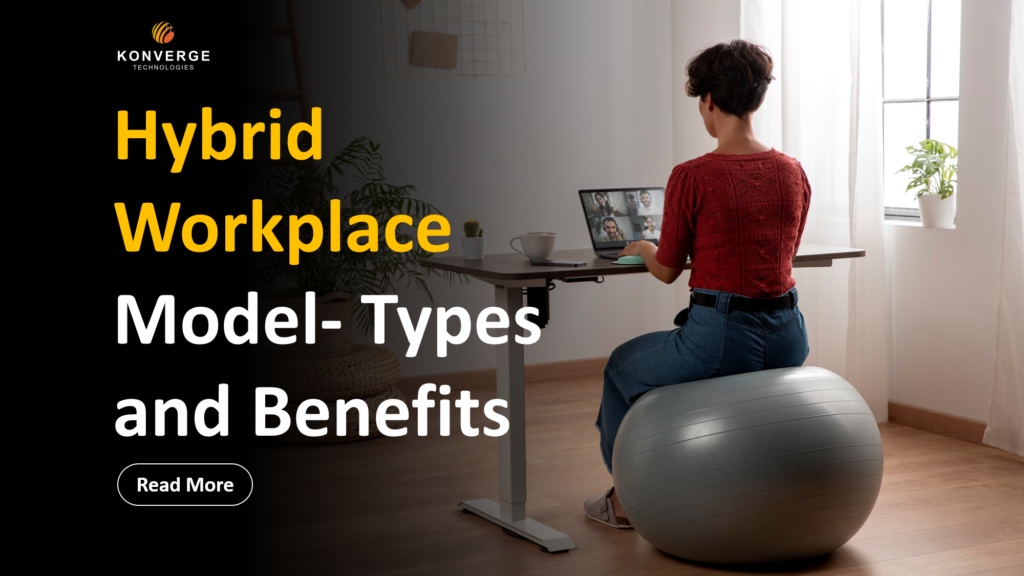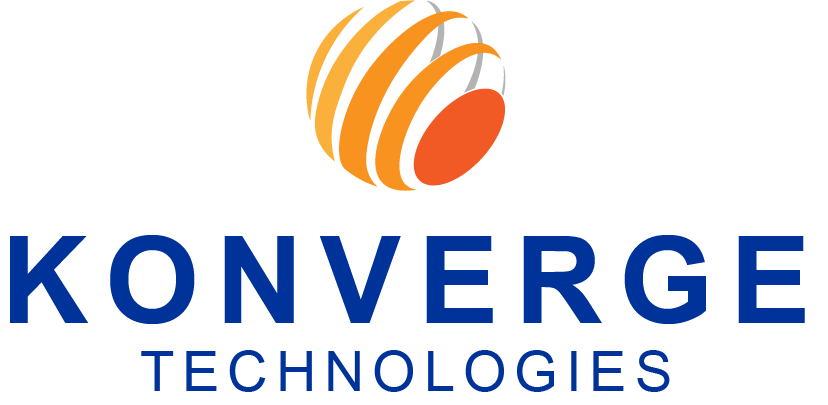
Hybrid Workplace Model - Types and Benefits

What is a hybrid workplace model and its types?
As we navigate the new normal of the hybrid workplace model, it’s important to strike a balance between the convenience & collaboration of the office and the flexibility & autonomy of remote work. The hybrid workplace model offers the best of both worlds: the opportunity to collaborate with colleagues in person while also enjoying the benefits of working from home.
It allows us to leverage the latest technology and tools to stay connected and productive, no matter where we’re located. Let’s look closely at Hybrid Workplace Model and its types and benefits.
What is a Hybrid work model?
As remote work becomes the new normal, the hybrid workplace model offers a solution that combines the best of both worlds – the convenience and flexibility of working from home with the benefits of in-office collaboration. It allows employees more flexibility in where they work and enables them to choose the environment that best suits their needs and work style. Under a hybrid work model, employees may have the option to work from home, in a coworking space, or in the office, depending on the specific needs of their role and the tasks they need to accomplish. This approach can increase productivity and job satisfaction while also addressing some challenges that can arise with remote work, such as isolation and lack of community.
The hybrid work model can take different forms depending on the organization and the work being done.
What are the types of hybrid work models?
- Flexible hybrid work model
- Fixed hybrid work model
- Office-first hybrid work model
- Remote-first hybrid work model
- Designated Teams Hybrid Work Model
Flexible Hybrid Workplace Model
Flexible hybrid work models allow employees to mix in-office and remote work. These models typically involve employees coming into the office for some days of the week and working remotely on the other days. The specific arrangement can vary depending on the individual employee’s needs and the job requirements. Flexible hybrid work models can be a good way for businesses to provide employees with more autonomy and control over their work environment while still maintaining some in-person collaboration and communication.
Fixed Hybrid Workplace Model
A fixed hybrid work model is a type of hybrid work arrangement in which employees have a schedule that alternates between working in the office and remotely. For example, an employee might work in the office on Monday, Wednesday, and Friday and remotely on Tuesday and Thursday. This arrangement can give employees a degree of predictability and stability, as they know when they will be expected to be in the office and when they can work remotely.
Like other hybrid work models, a fixed hybrid work model can have several benefits for both employees and employers. For employees, it can provide a good balance between the benefits of in-office work and remote work.
Office-First Hybrid Workplace Model
An office-first hybrid work model is a type of hybrid work arrangement in which employees are primarily expected to work in the office but are given the option to work remotely on a limited basis. This arrangement is often used when the job requires a high degree of in-person collaboration or access to available resources in the office.
In an office-first hybrid work model, employees can work remotely on a case-by-case basis, such as if they feel unwell or need to take care of a personal matter. They may also be able to work remotely regularly, such as one or two days per week, as long as it does not interfere with their ability to perform their job duties effectively.
Remote-First Hybrid Workplace Model
A remote-first hybrid work model is a type of hybrid work arrangement in which employees are primarily expected to work remotely but are given the option to work in the office on a limited basis. This type of arrangement is often used when the nature of the job allows for a high degree of flexibility in terms of where and when work is done and when the necessary resources and tools can be accessed remotely.
In a remote-first hybrid work model, employees can work in the office on a case-by-case basis, such as if they need to attend an in-person meeting or have a specific project that requires access to office resources. They may also be able to work in the office regularly, such as one or two days per week, as long as it does not interfere with their ability to perform their duties effectively.
Designated Teams Hybrid Work Model
A designated teams hybrid work model is a type of hybrid work arrangement in which different teams within an organization have different work arrangements. For example, some teams may be primarily in-office, some may be primarily remote, and others may have a mix of in-office and remote work.
This type of arrangement allows an organization to tailor its work arrangements to the specific needs and preferences of each team and the nature of the work being done. For example, a team that requires a high degree of in-person collaboration or access to specific resources may be designated as an in-office team. In contrast, a team that can work effectively remotely may be designated as a remote team.
Benefits of Hybrid Workplace Model
The hybrid workplace model combines elements of both remote work and in-office work. Some potential benefits of this model include the following:
- Increased flexibility: Employees can work from home or the office, which can be a good option for those who need more flexible schedules or prefer to work in a different environment.
- Increased productivity: Some studies have found that people who work from home are more productive because they have fewer distractions and can work in an environment that is more conducive to focus.
- Cost savings: Companies can save on overhead costs such as office space and utilities by having some employees work remotely.
- Talent retention: Allowing employees to work remotely or have a flexible schedule can make your company more attractive to top talent, which can help with retention.
- Improved work-life balance: The hybrid workplace model can help employees strike a better balance between their work and personal lives, as they can work from home when needed.
In conclusion, The hybrid workplace model is a great solution for companies looking to balance the benefits of remote work and the benefits of in-office work. By allowing employees to choose where they work, companies can create a more flexible and productive environment.



